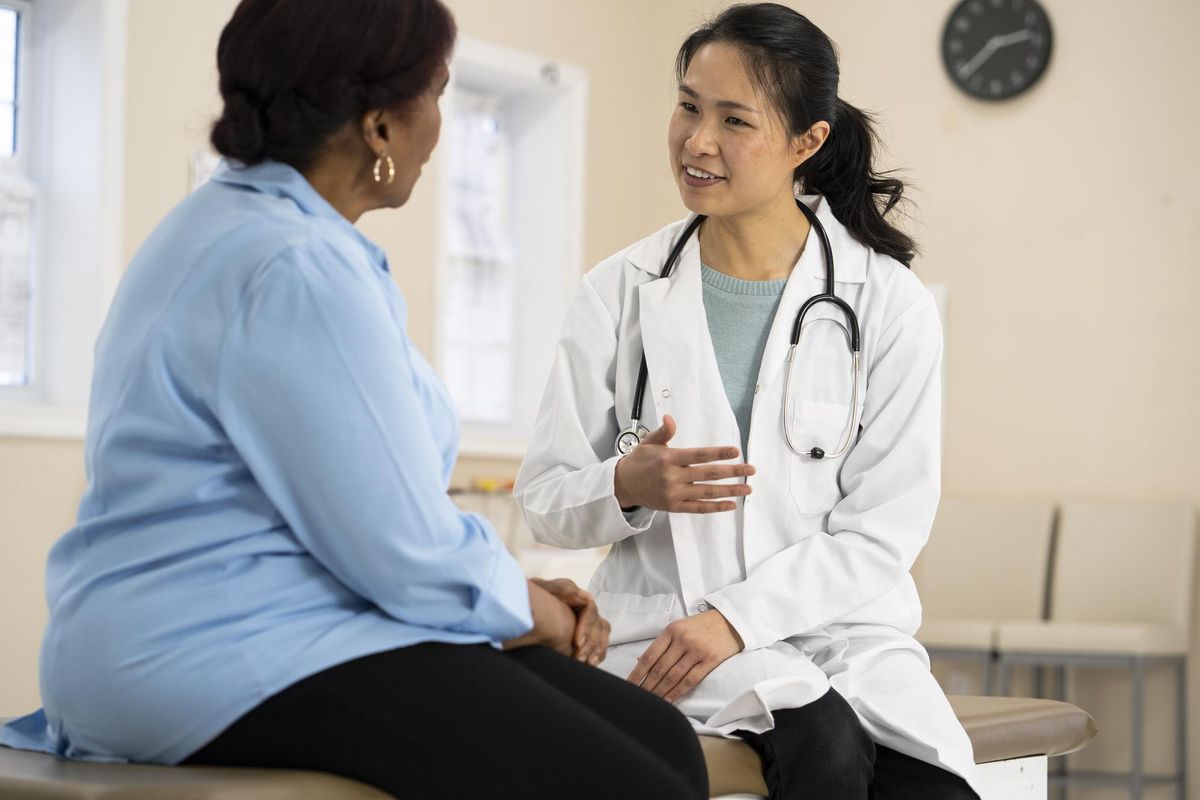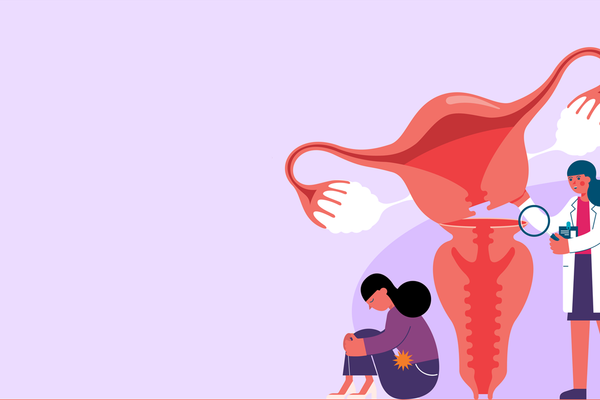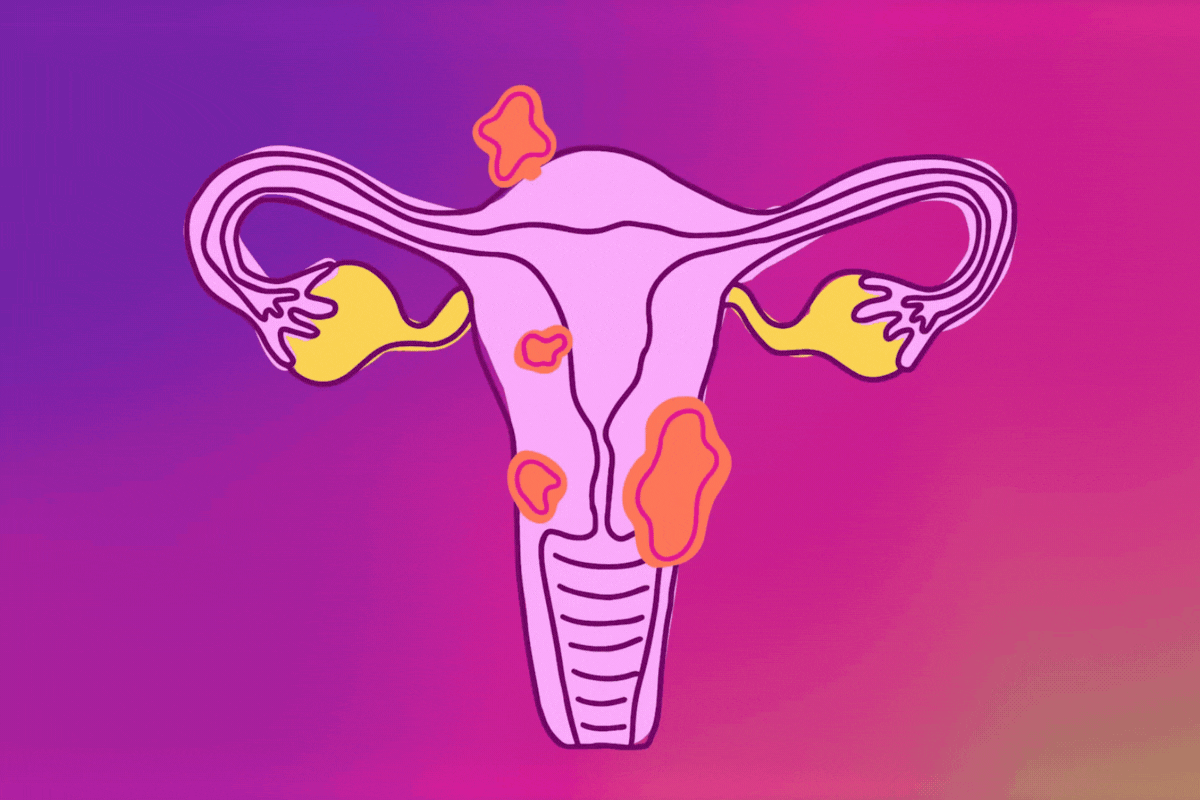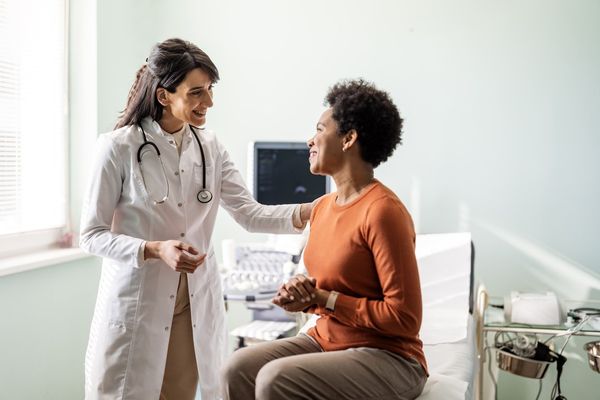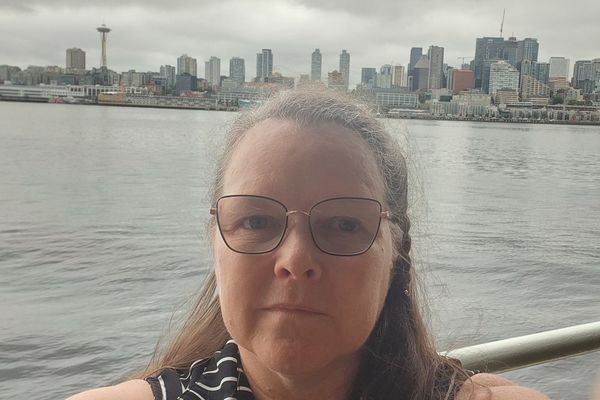This article was developed in partnership with The White Dress Project.
Uterine fibroids are the most common gynecological condition among women of reproductive age. By the time they turn 50, up to 80% of all women will have experienced fibroids, which are noncancerous (benign) growths that develop in or on the wall of a woman's uterus.
While women who have small fibroids or fibroids without symptoms may never know they have them, an estimated 20% of women with fibroids will experience symptoms that range from mild to severe. Several options are available for fibroid treatment, from home/natural remedies and prescription medication to surgical procedures.
We asked
Dr. Kristen A. Matteson, an OB-GYN at the Warren Alpert Medical School of Brown University and Women and Infants Hospital, some questions women should ask their healthcare provider (HCP) if they have been diagnosed with fibroids.
What affect will fibroids have on my day-to-day activities such as exercise, sex and my period?
It all depends. Some people have no symptoms at all. The only reason they know they have fibroids is that they're found on an ultrasound that is performed for other reasons. Impact on day-to-day activities varies from person to person and depends on the size, location and number of uterine fibroids. Your period can be extremely heavy and prolonged and can include extremely large clots, which can keep people from feeling comfortable participating in certain activities or even keep them from leaving their house during those days. If certain activities, such as exercise or sex, are uncomfortable or painful, speak to your HCP about options for treatment.
Do all fibroids require treatment? What will happen if I don’t get treatment?
Uterine fibroids are extremely common and occur in up to 70% of people with a uterus by their early 50s. You only need treatment if you have symptoms, and most people with fibroids never experience any symptoms. Symptoms can resolve without treatment, especially if you're close to menopause, which causes a reduction in the hormones estrogen and progesterone. Symptoms can also stay the same or they can get worse — everyone is different.
What are the treatment options and how do they vary by age?
Treatment options depend on the type of symptoms you're having (heavy periods, pelvic pressure or both), the location of the uterine fibroids, and whether you're planning to have children. The best treatment option will vary based on your symptoms, values, preferences and expectations. This is why it's important to have a conversation with your HCP and participate in shared decision-making.
In general, the treatment options available include:
- Medical therapies such as gonadotropin-releasing hormone agonists and antagonists or the levonorgestrel intrauterine system or tranexamic acid if you have heavy periods but no pelvic pressure
- Noninvasive or minimally invasive procedures such as uterine artery embolization, MRI-guided focused ultrasound therapy or radiofrequency ablation of the fibroid
- Surgical procedures, including removing the fibroid (myomectomy) or removing the uterus (hysterectomy)
- Medication taken once daily (typically oral) to manage symptoms such as heavy menstrual bleeding and pain in the uterus due to uterine fibroids
What makes me a candidate for surgery versus a noninvasive or minimally invasive procedure?
Factors like the location and the size of the uterine fibroids determine whether surgery or a noninvasive/minimally invasive procedure is best for you.
What is the difference in surgical treatments (hysterectomy vs. myomectomy)?
Myomectomy is removal of the fibroids and can be done laparoscopically, abdominally or with a thin, lighted tube called a hysteroscope. Hysterectomy is removal of the uterus and can be done vaginally, laparoscopically or abdominally.
How long is the recovery period after treatment?
Many factors affect recovery, including the type of surgery. You can get the best estimate of how long it will take to recover after surgery by talking to your surgeon about your specific circumstances and type of surgery.
What are the chances of fibroids returning after treatment?
Fibroids cannot grow back if they've been completely removed, but new fibroids can grow after treatments other than a hysterectomy. This is more likely to happen with some types of fibroids than others, so talk to your HCP about whether your type of fibroids are likely to recur. Women who have multiple fibroids are more likely to develop new fibroids following their removal with a myomectomy, but women who had only one fibroid have a lower recurrence rate.
Can fibroids affect pregnancy or my fertility?
Depending on the location of your fibroids, they may affect your ability to become pregnant or stay pregnant. Removing certain fibroids can improve your chances of becoming pregnant. Ask your healthcare provider if your fibroids are likely to interfere with your pregnancy or fertility.
This resource has been created with support from Myovant Sciences and Pfizer.
- Heavy, Prolonged or Painful Periods? That Could Be a Sign of ... ›
- What You Need to Know About Uterine Fibroids - HealthyWomen ›
- How Fibroids Can Affect Your Fertility - HealthyWomen ›
- How Living with Fibroids Impacts the Whole Person - HealthyWomen ›
- Radiofrequency Ablation (RFA) Is a Treatment Option for Fibroids - HealthyWomen ›
- What Are the Surgical Treatments for Fibroids? - HealthyWomen ›
- Get a Uterine Condition Diagnosis with Shared Decision-Making - HealthyWomen ›

